Can you live on just beans and rice? Are all the nutrients included?
Some people say you can get all the nutrients you need just from beans and rice. Whether this is true, I will investigate in the guide.
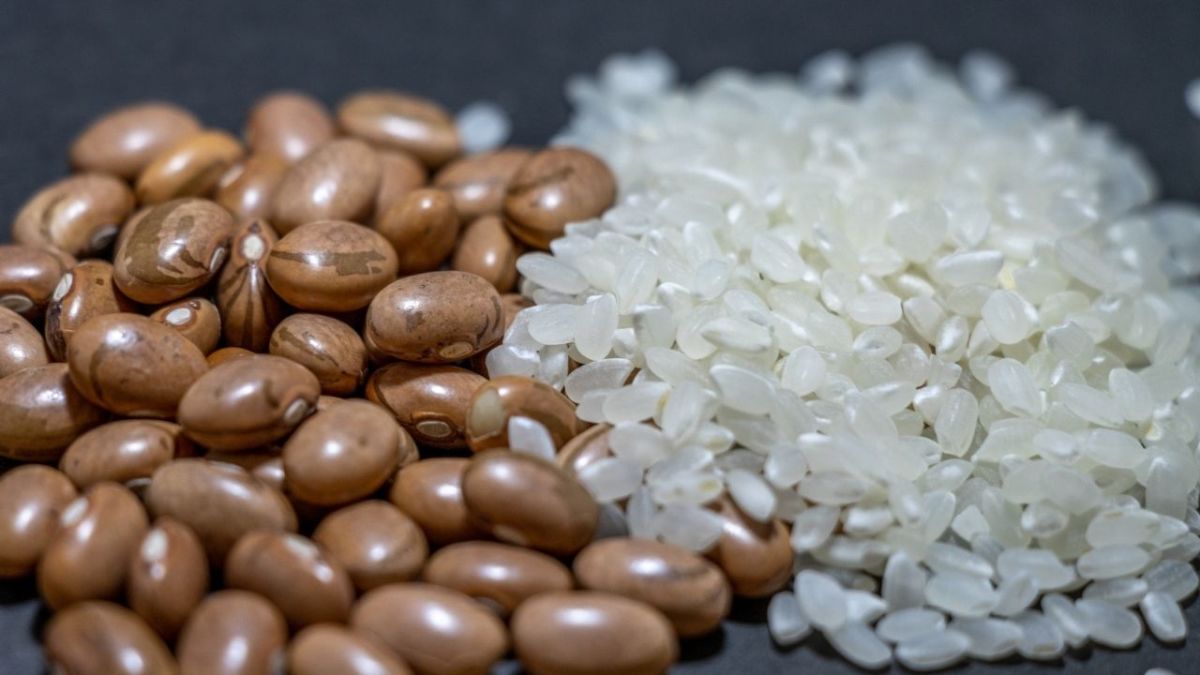

From Martin Gebhardt. Check out my “About me” page.
👉 The key facts from this guide
- Rice and beans: They are a good combination for everyday life in the wild. Rice provides carbohydrates and energy, while beans are rich in proteins.
- Nutrition: A diet consisting only of beans and rice is possible, but not optimal. Important micronutrients are lacking, which must be supplemented with other foods or wild herbs.
- Storage: Both foods can be stored well. Dried beans and white rice can be stored for up to 30 years if stored properly.
- Health: Beans and rice contain many essential nutrients, but also potential pollutants such as arsenic. A balanced diet is therefore significant.
- Survival: In a survival or crisis, the combination of beans and rice can be a suitable solution, as long as the missing vitamins and minerals can be balanced.
Cooking can sometimes fall short in the wilderness among all the other tasks.
Wouldn't it be easy to reduce it to the minimum?
Rice provides carbohydrates and therefore energy.
Beans are rich in proteins and contribute to muscle building and maintenance.
These two foods can be purchased, stored and prepared without much effort.
Beans and rice are therefore a good combination for everyday life in the wilderness.
Is it also healthy and can a person survive in the wilderness with just beans and rice?
You will find an answer to this question in this article!
Are rice and beans healthy?
Brown or white rice? - Rice is not equal to rice
This question is a bit too general, as rice is not equal to rice. Fundamentally, we distinguish between unpolished and polished rice.
Rice is inedible straw husks when harvested. When these are removed, we speak of brown rice.
Brown rice can be further treated or left as is. Natural rice, whole grain rice or full rice is unpolished brown rice. The advantage is that more nutrients such as fats, fibers and proteins are retained.
In contrast, white rice, which has been polished, is much more durable.
In this sense, polished rice has a lower nutrient density and is therefore less healthy than natural rice.
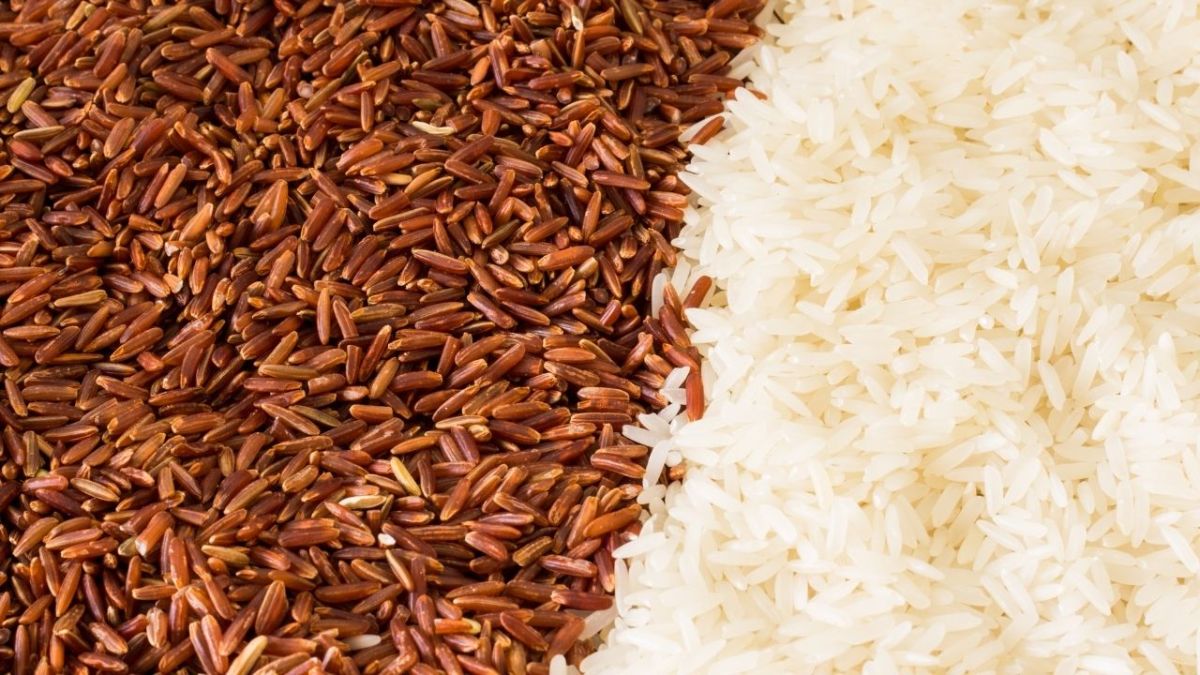
Arsenic in rice?
Regardless of whether it's brown rice or white rice: arsenic plays a role in both varieties. Rice is often contaminated with arsenic, which has negative effects on the cardiovascular system and is associated with cancer.
If rarely consumed, this is not harmful, but in this article we are talking about relying solely on rice as a source of nutrition.
Organic foods are also affected by arsenic. Pre-soaking or washing can lower the arsenic concentration in rice, and is therefore generally recommended by the European Food Safety Authority.
Every little bean
Beans may not all be the same, but I can say from reliable sources that beans are healthy.
Furthermore, some studies suggest that various types of beans have an anti-cancer effect. They are particularly beneficial for the digestive system. This means that they can counteract the cancer-causing effect of arsenic in rice.
In addition, beans provide vitamins such as vitamin B2, B6, and beta-carotene, which is converted into vitamin A in the body.
Minerals such as potassium, calcium, and magnesium can also be found in legumes.
The method of preparation is not particularly important, but you should not eat raw beans. Phasin is a toxin in legumes that is destroyed by heating.
Dried beans are healthier than canned ones. Cans sometimes contain additives, but depending on the situation, directly edible beans are practical! More on this later.
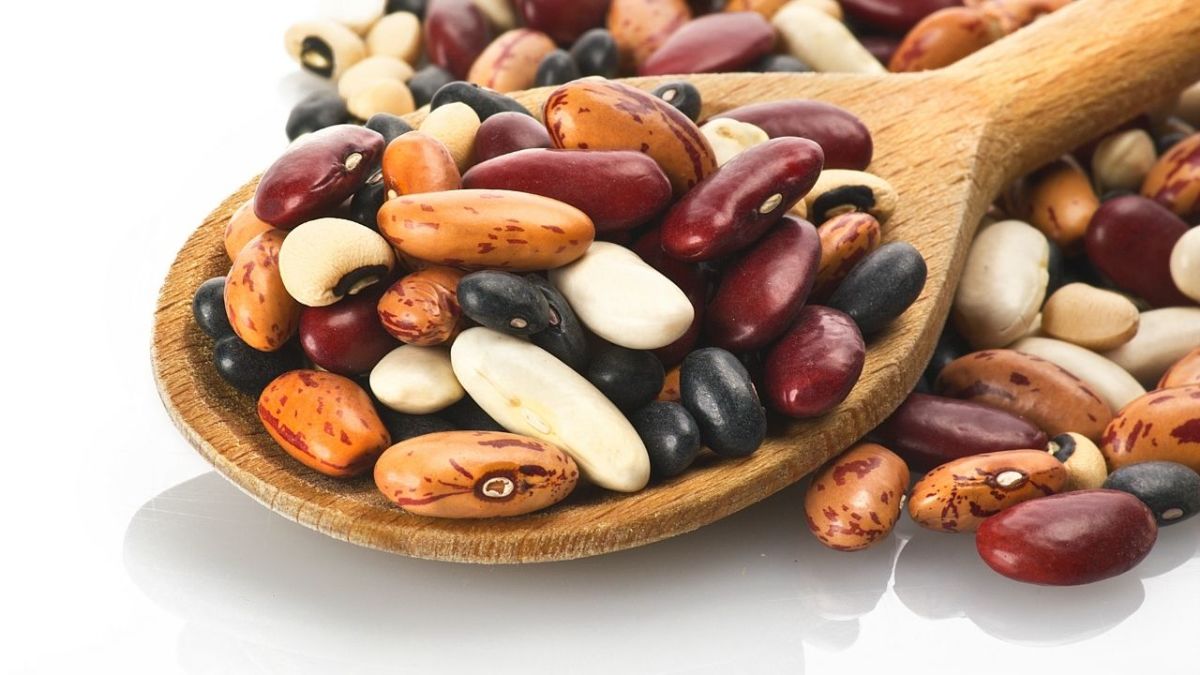
Rice and beans in combination
Finally, I would like to highlight the extensive amino acid profile of beans. They contain all essential amino acids, except for one: methionine.
Rice lacks eight essential amino acids, but contains methionine!
In this regard, rice and beans are a perfect complement to each other.
The macronutrients (fat, carbohydrates, and protein) of energy-providing rice and rich beans also fit together perfectly.
However, as always, it is essential to eat a balanced diet, and with a one-sided diet, significant micronutrients may be missing (which you can supplement by, for example, consumption of wild herbs).
This is also the case with beans and rice! Healthy fats, some vitamins, and important minerals are lacking here and would need to be supplemented in such a one-sided diet.
What do you need to supplement in a diet of rice and beans?
This is not nutritional advice, but merely intended to provide a rough overview.
1. Vitamin C
Scurvy is virtually non-existent in Germany anymore. This is because scurvy is manifested by a deficiency of vitamin C, and by now we all know how critical it is for our body.
Among other things, it is responsible for the production of collagen, which is essential for healthy bones, tendons, skin, etc., and it strengthens our immune system.
Vitamin C can be found, among other things, in citrus fruits and wild herbs. Garlic mustard or wood sorrel are some best-known suppliers and are often found in the spring. However, you can only consume wood sorrel before it blooms.
In late spring and summer, you can turn to the stinging nettle, and in autumn, the sea buck thorn berries will provide for you.
Even in winter, nature helps you with its gifts: The rose hip supplies plenty of vitamin C, with about 1250 mg per 100 g, roughly twenty-five times as much as oranges.
2. Healthy Fats
Mistakenly, less fat is regarded as healthy. However, unsaturated fatty acids such as Omega-3 must be supplied from outside. These contribute, among other things, to maintaining cholesterol levels, vision, and children's growth.
You can find Omega-3 fatty acids in seaweed, walnuts, and flaxseed. Moreover, the fat is present in seafood and fish.
Wild herbs can also provide us with small amounts of Omega-3, with purslane being the perfect example. This herb grows in summer and is a real nutrient bomb besides the fatty acids!
3. Zinc
Zinc is involved in many processes in our body. In the digestive system, for our immune system, and in wound healing, zinc plays an important role.
Therefore, sufficient intake should be ensured. However, zinc has a negative effect on the body in excessive amounts.
This usually only happens with dietary supplements, which is why I clearly recommend the path through natural foods.
When it comes to zinc intake, the phytic acid levels that hinder the absorption of zinc must also be considered. After all, rice and beans contain both zinc and phytic acid.
Zinc is present in higher amounts in sesame seeds, sunflower seeds, cocoa, and whole wheat flour. Entire grains also contain a lot of phytic acid, which, however, does not inhibit the absorption of zinc. Additionally, red meat has a high zinc value.
But the wild herb garden also offers a lot in terms of zinc:
The dead-nettle species, foxtail, ground-elder, and narrow leaf plantain all contain the mineral substance.
Which types of beans are the healthiest?
By itself, all beans are healthy and there is no healthiest bean. However, the different varieties have different properties. To help you find the right bean for your needs, I have listed some below:
1. Black beans
Black beans originate from South, Central, and North America and are among the oldest foods there. The bean can be traced back up to 7000 years to the indigenous people of the Americas, with a presumed origin in Mexico.
The high flavonoid content is interesting here, which is likely to increase with the dark color of a bean. White beans have much fewer flavonoids in comparison.
Flavonoids have an antioxidant effect, binding "free radicals" that have a harmful effect on the body. The high anthocyanin content also contributes to the antioxidant effect.
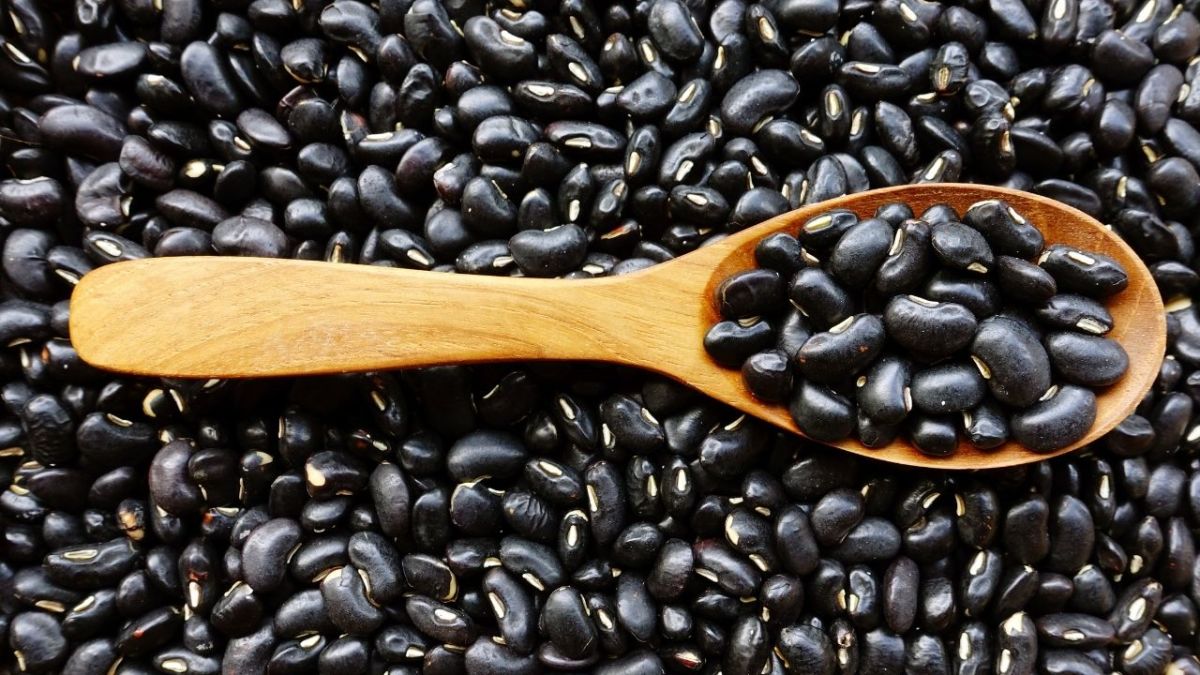
2. Kidney beans
Kidney beans are very popular in Germany and originally come from Peru.
They also score with a high flavonoid density and are said to help with weight loss and fat reduction, according to a study.
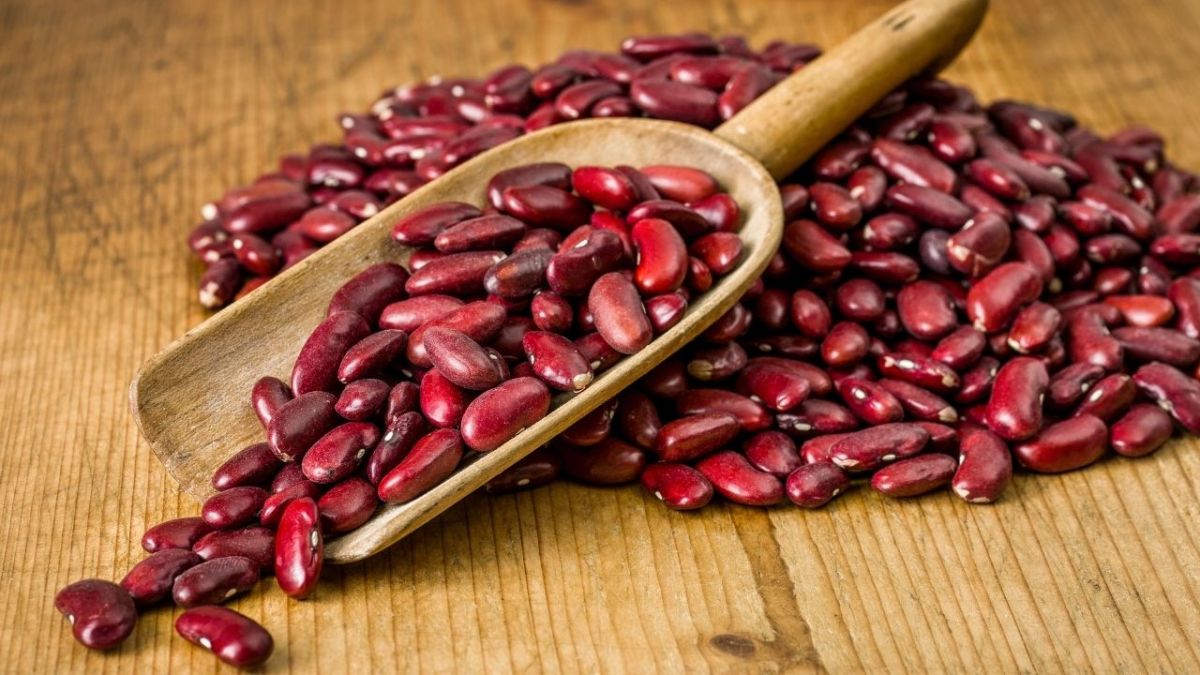
3. Chickpeas
Chickpeas are not directly beans, but they also belong to the legume family and are very similar to beans.
Their protective effect on the cardiovascular system is particularly noteworthy. Chickpeas contain a lot of saponin, which reduces the fat content in the blood. Saponin binds with cholesterol molecules and thus does not enter the bloodstream through the intestine.
You can make wonderful hummus from chickpeas, which can be used versatile as a dip.
You can even implement this in the wilderness with a little creativity. Furthermore, you need a bowl and have to carve a pestle from a thick trunk. Then mash everything and season as needed/available.
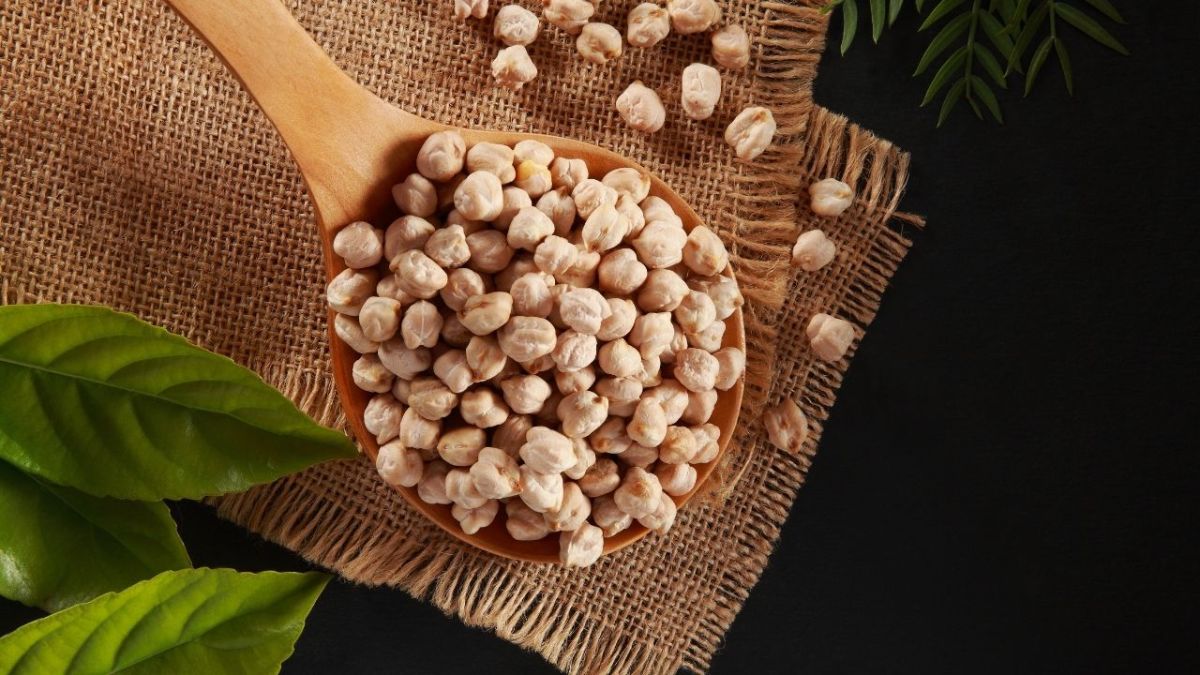
4. Adzuki Beans
Adzuki beans fly under the radar, but they are my personal favorite in terms of flavor and texture. In terms of nutrients, adzuki beans do not offer particularly high concentrations, but they offer everything the above-mentioned beans do with slightly lower frequency.
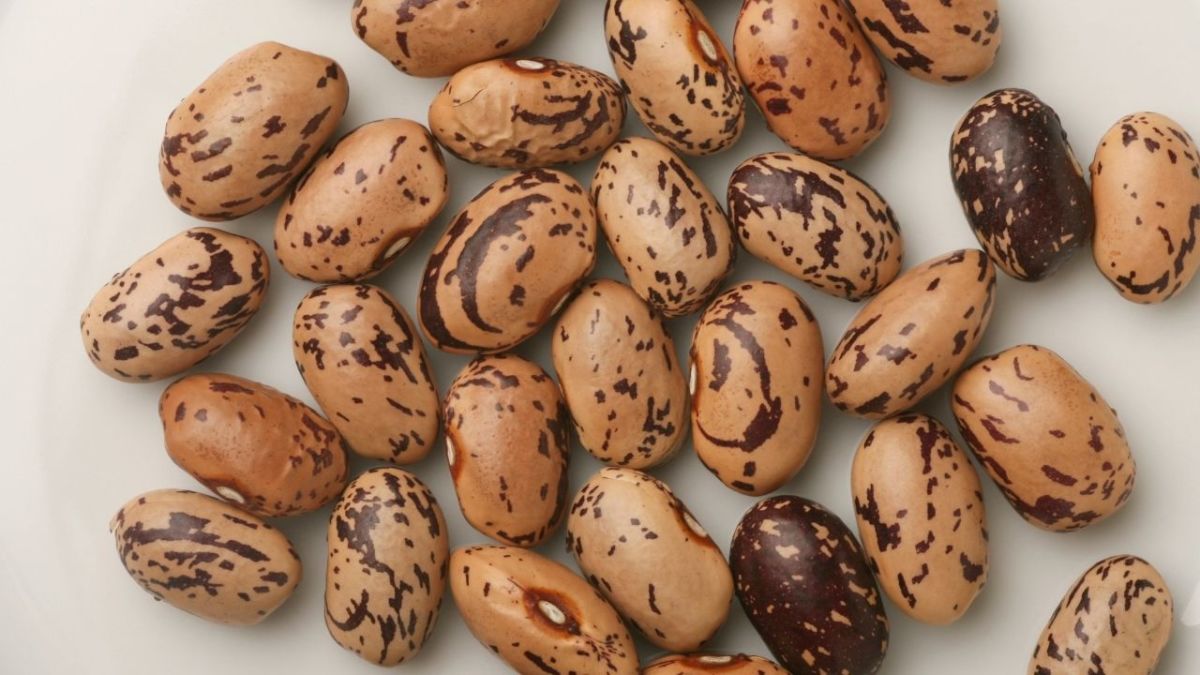
Storage of Beans and Rice
Proper Storage of Beans
You may be wondering how long fresh beans are durable?
Fresh beans only last for a few days. Therefore, they should be consumed quickly or frozen.
As a rule, we tend to opt for canned or dried beans. Canned beans are ideal for quick hunger as the beans have already been cooked.
Here you can provide yourself with food without water and without fire. Beans from cans can be stored for several years if stored in a light-protected, cool and dry place. Perfect for a quick snack when building a camp!
Dried beans last the longest. Here, too, it is important to store the beans in a light-protected, cool and dry place. A year without any loss of quality is easily possible, up to 30 years.
Poor quality can be recognized by pale color and wrinkled shape of the beans. This usually also extends the cooking time.

Properly storing rice
To store rice as effectively as possible, it is also essential to store it dry, cool and light-protected.
White rice has a clear advantage in terms of durability, as polished rice can be stored for up to 30 years.
Brown rice, on the other hand, only lasts for about six months. For both types of rice, it is recommended to use air-permeable containers, as the rice still contains a certain amount of moisture that will want to escape with even a slight temperature increase.
If the moisture cannot escape, the rice can start to mold.
Especially in the wilderness, you should choose containers that cannot be nibbled or torn open by small animals.
Read also: Extremely durable survival foods (lasts 10+ years)
Conclusion
You can definitely survive on beans and rice alone. This is normal in Third World countries.
However, people in these countries also struggle with more illnesses and have a lower life expectancy.
The recommendation for a varied diet also applies here, especially to cover the necessary micronutrients.
In a survival situation where you can only take limited luggage with you, this combination is suitable for short periods of time.
This combination is also a suitable solution for a diet in a crisis.
Both foods complement each other perfectly in terms of macronutrients and support you in everyday life in the wilderness. With the right knowledge, the missing vitamins and minerals can be balanced out through wild herbs and fruits.
It is important to only consume beans cooked, both at home and in the wilderness. In most cases, beans are poisonous when uncooked.
What about you? Do you like to eat beans or rice? Write it in the comments.

Sources for the guide
https://de.wikipedia.org/wiki/Arsen
https://www.zentrum-der-gesundheit.de/ernaehrung/lebensmittel/huelsenfruechte/bohnen
https://ernaehrungstagebuch-deluxe.de/kalorien/wachtelbohnen/68406
https://eatsmarter.de/lexikon/warenkunde/huelsenfruechte/kidneybohnen
https://survivalfreedom.com/can-you-live-on-just-beans-and-rice-what-you-should-know/
https://www.reishunger.de/wissen/article/376/haltbarkeit-von-bohnen

Author of the guide
Martin Gebhardt
Hey, I'm Martin. On my blog, you will learn the basics and numerous details about living in the wild. I think survival, bushcraft and the good life in nature are the keys to happiness. Find me here on Instagram or on YouTube. You can find more about my mission on the About Me page.
Was this guide helpful?
17 people found this guide helpful.
5.00 out of 5 points (17 Ratings)
Comments (0)
This post may contain affiliate links. So if you click on the links and make a purchase, I will receive a small commission at no additional cost to you. Click here, to learn more about it.



